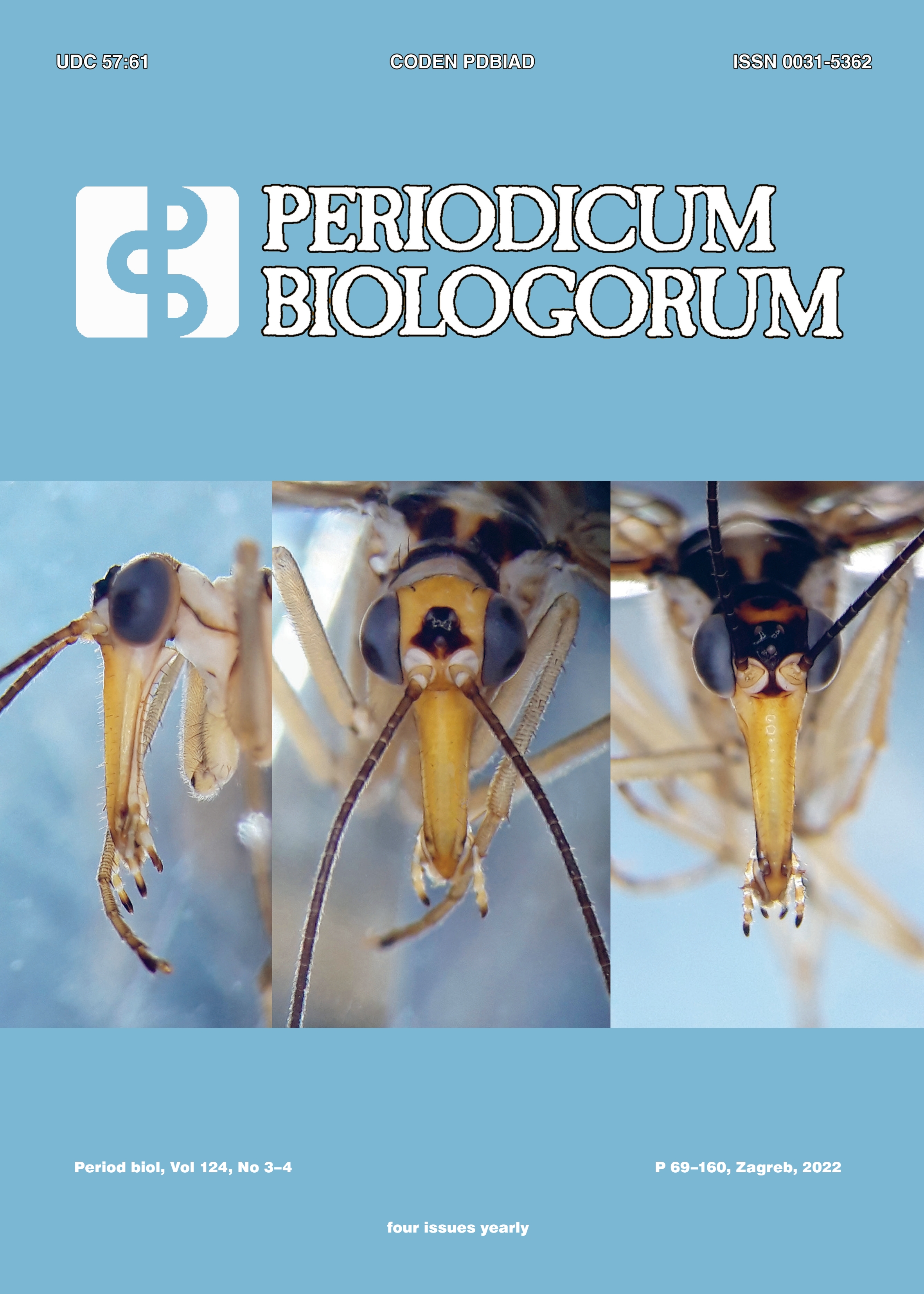Common infections acquired in intensive care: Microbiological aspects and risk factors
DOI:
https://doi.org/10.18054/pb.v124i3-4.23316Abstract
Nosocomial infections are a serious health problem resulting in an enormous burden of morbidity and mortality rates, and high health care costs. The various microorganisms implicated in nosocomial infections were not known for causing recalcitrant nosocomial infections, they are opportunistic pathogens and hence pose a challenge to patients especially those with immunocompromised conditions. Patients at the intensive care unit are the most at risk of these hospital-acquired infections The infections usually encountered in intensive care unit (ICU) include urinary tract infection, pneumonia, tuberculosis, gastroenteritis. The main risk factors for these infections can be divided into three key groups: those related to patient characteristics and underlying diseases, those related to the acute disease process, and those related to the use of invasive diagnostic or therapeutic procedures. Incidence of ICU-acquired infections vary between hospitals and according to the type of population studied, being highest in burn units and surgical and trauma ICUs and lowest in coronary care units.
The major preventive effort to reducing the risk of nosocomial infections should be focused on hospitals and other health care facilities. The responsible health authority should develop a national (or regional) programme to support hospitals. Such programmes must assess and promote good health care, appropriate isolation, sterilization, and other practices, staff training, and epidemiological surveillance should be developed.
Downloads
Published
Issue
Section
License
The contents of PERIODICUM BIOLOGORUM may be reproduced without permission provided that credit is given to the journal. It is the author’s responsibility to obtain permission to reproduce illustrations, tables, etc. from other publications.


